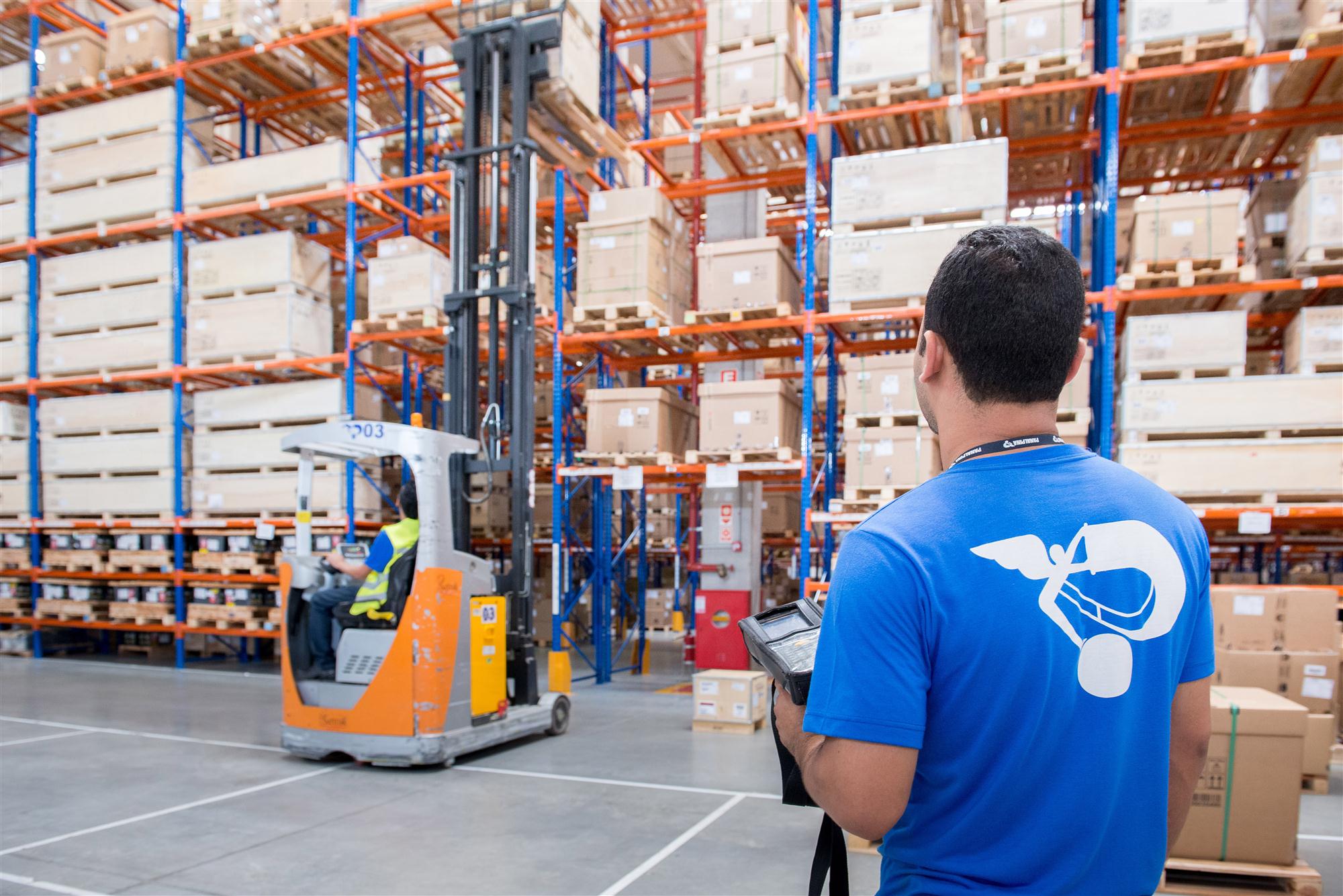A popular adage holds that competition in air freight is won on the ground. Along similar lines, the notion is gaining ground that the race in logistics is won in the IT department. Large multinational players are making serious efforts to gain an edge through innovation. While some of this is playing out within proprietary biotopes, these firms realize that they need to communicate and collaborate with outside partners.
In June Panalpina unveiled its ‘digital hub’ to explore new technologies that have the potential to transform the business, such as the internet of things (IoT) and artificial intelligence. It is tasked with the exploration of innovative technologies and the development of digital solutions for customers. In addition, it will engage with digital start-ups.
The unit is based in Zurich, but its subject matter experts will be frequently in Berlin and Hamburg, two European hotspots with a strong digital start-up scene. It reports directly to Panalpina CEO Stefan Karlen, a reflection of how seriously the company’s management takes the disruptive potential of digital innovation.
“We, like many of our competitors, are challenged by new market entrants with innovative business models and digital approaches that improve upon the old way of doing things. Additionally, our customers increasingly demand the digital experience they have become accustomed to as consumers,” says Karlen.
“It is therefore obvious that the frontier of freight forwarding and logistics does not lie in new modes of transport, but in digital transformation. Knowing that, we want to shape our industry’s future with innovative digital solutions that create new levels of value for our customers and accelerate growth for our company in the years to come.”

At the beginning of this year DB Schenker joined up with Cisco, a global leader in internet networking, to develop, test and implement applications around IoT and other innovative technologies. These include sensor-based solutions, smart devices, robotics, video analytics and augmented reality.
The pair have set up a joint ‘innovation lab’ at the logistics firm’s warehouse in Houston to develop and test new technologies, assessing both technical feasibility and the value proposition within a warehousing and supply chain environment.
John Stikes, director of innovation and e-commerce at DB Schenker, reported that trials with sensor technology have yielded some good results so far. At this point he sees the greatest promise in wearable technology. Combined with collaboration tools from Cisco, these offer good potential to advance to the ‘industry 4.0’ concept, which is regarded as the fourth industrial revolution, he said.
This does not mean that other technologies can be ignored, he stressed. Approached in the right manner, all of these are powerful, he said, adding that the pace of development is so rapid that to write one off would be short-sighted.
Companies have to reconsider their approach to technology, he noted. “Relying on a leapfrog strategy may or may not yield results,” he said.
For Panalpina the focus is primarily on IoT, predictive analytics and artificial intelligence. The former can help streamline processes and create more efficient supply chains, while predictive analytics and artificial intelligence can optimize products and services and create new ones, says Luca Graf, head of the digital hub.
His outfit aims to have two initial projects under way by the end of this year. One of these will likely home in on blockchain technology.
There is certainly no shortage of possible avenues and applications to put under the microscope.
Stikes emphasized the need to be focused and identify goals. He pointed to the plethora of data that can be captured and harnessed.
“Data is ubiquitous. You can put a sensor on everything you want, but that can be a waste. The question is what you do with it and how you make it actionable,” he said.
He also stressed the importance of not losing sight of the staff who will be tasked with using new technologies.
“User acceptance of technology is important in a labour-sensitive industry like logistics,” he said. The benefits of a solution have to be conveyed to the employees and their concerns should be addressed.
Besides developing new solutions for Panalpina the digital hub is also a conduit to engage with new entrants that are working on novel concepts. Graf sees three ways of doing so – by partnering with start-ups and act as a vendor for certain applications, by entering a strategic partnership where the fledging outfit develops customized solutions for the logistics firm, or by acquiring a stake in the start-up.
By Ian Putzger
Air Freight Correspondent | Toronto